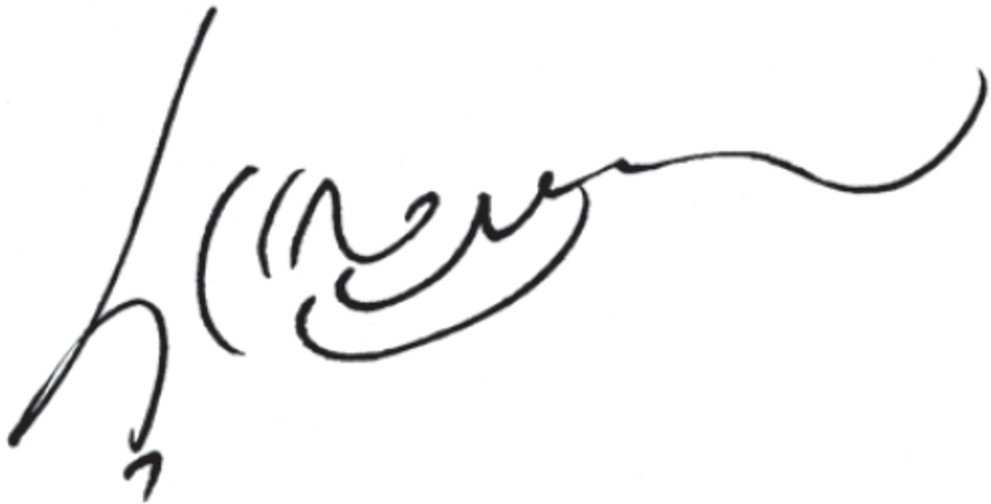

THE DALAI LAMA
FOREWORD
Patrul Rinpoche, Orgyen Jigme Chökyi Wangpo, was one of the most influential Tibetan masters of the nineteenth century, renowned for the simplicity of his way of life, his dedication to spiritual practice, and his nonsectarian approach to all four schools of Tibetan Buddhism. Because he hailed from the region of Dzachukha in Kham, he was known as Dza Patrul Rinpoche. Emulating the homeless life of the Buddha and his followers, Dza Patrul lived the life of a wandering yogi with no settled abode and practiced in solitude.
He is particularly renowned for his putting into practice the instructions contained in Shantideva’s Way of the Bodhisattva (Bodhicharyavatara), which he also taught extensively. Legend has it that whenever he taught this text, serchen flowers would bloom in the vicinity with many more petals than usual. These came to be known as “Bodhicharyavatara flowers,” while Dza Patrul Rinpoche was known as the “Bodhicharyavatara Lama.”
Loved for his humility and respected for his vast and profound knowledge, as well as his great yogic realization, he attracted disciples from all four schools of Tibetan Buddhism. Although there is no extensive written biography of Dza Patrul Rinpoche extant, his legacy lives on in tales that are told about him. Ven. Matthieu Ricard has compiled many of these in this book and so made them available to a wider readership. I commend him for the hard work he has put into this.
Traditionally, biographies of eminent spiritual masters are not just stories for the purpose of entertainment. They serve as an inspiration for those who come after to learn from. I pray that this new book about Dza Patrul Rinpoche will long fulfill this worthy purpose.


February 18, 2017